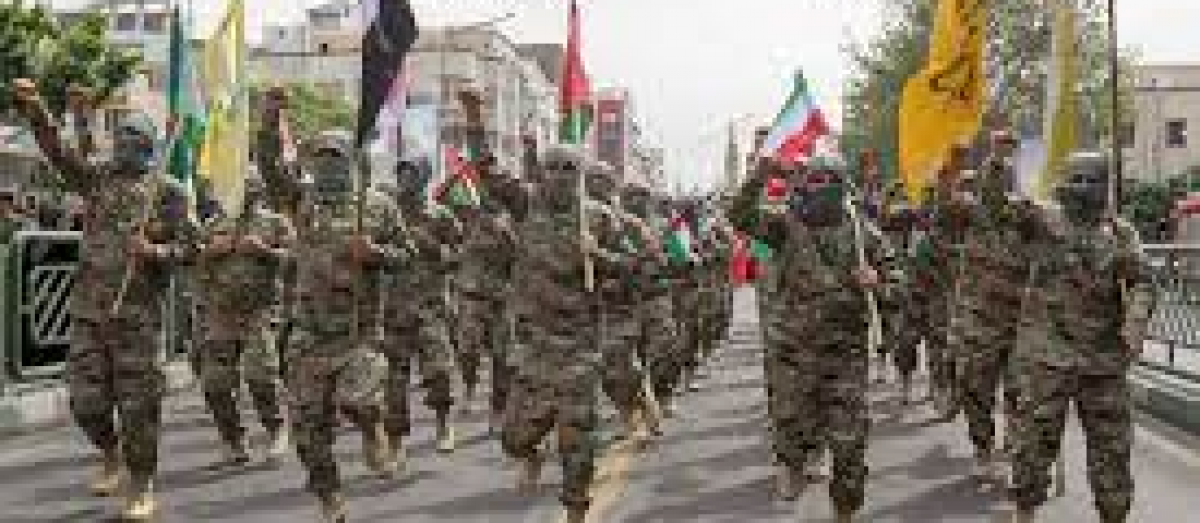Oil, Islamic Factionalism, and Ethnicity in Middle East and North African (MENA) Politics

The geopolitical landscape of the Middle East and North Africa (MENA) region is a mosaic of intersecting and sometimes conflicting interests. Three primary elements shape the contours of MENA geopolitics: oil, Islamic factionalism, and ethnicity.
Oil: The Black Gold’s Influence
The discovery of oil in the MENA region in the 20th century transformed its geopolitical significance. Suddenly, these predominantly desert lands became the focal point of global power play, with foreign powers seeking to exert influence, redraw borders, and control this valuable resource. While oil has brought immense wealth to some nations in the region, it has also been a source of conflict, both internally and externally.
The Sykes-Picot Agreement of 1916, a secret treaty between Britain and France, carved out the modern states of the Middle East from the remnants of the Ottoman Empire. This arbitrary redrawing of borders, often with little regard for ethnic or sectarian makeup, laid the groundwork for many of the region’s current tensions.
In North Africa, particularly in Libya, oil has been a double-edged sword. While it has been a source of revenue, it has also fostered internal strife and external intervention.
Ethnic Tensions: Arabs, Persians, and Beyond
Arabs and Persians, two of the major ethnic groups in the region, have historical rivalries. Their competition is not just ethnic; it’s also cultural and linguistic. The dominance of the Arab culture during the Islamic Golden Age and the subsequent Persian efforts to preserve their identity have roots in ancient history.
However, the region is far more diverse. The Kurds, for instance, straddle Turkey, Syria, Iraq, and Iran, and have long sought a state of their own, causing tensions with each of these countries. The Assyrians, Armenians, Berbers, and Yazidis also have distinct identities and have, at times, found themselves marginalized or persecuted.
Islamic Factionalism: The Sunni-Shia Divide
Islamic factionalism, notably the Sunni-Shia divide, overlays ethnic divisions. Originating from a 7th-century dispute over Prophet Muhammad’s succession, this division is now deeply ingrained. Countries like Saudi Arabia (Sunni-majority) and Iran (Shia-majority) have become the modern flagbearers of this old divide, and their proxy battles in Yemen, Syria, and Iraq are testament to its potency.
In North Africa, Egypt, with its Sunni majority, has historically been a significant player in the Arab world. Yet, it too has not been immune to sectarian tensions. The rise of the Muslim Brotherhood and its eventual sidelining is a recent manifestation of the internal religious-political tug of war.
MENA States, Israel, and the Palestinians
The complexities among MENA states significantly impact the Israeli-Palestinian peace process. Historically, Arab solidarity with the Palestinians was a unifying cause. However, with the Abraham Accords, a clear departure emerged. The UAE, Bahrain, Sudan, and Morocco, all Arab nations, normalized ties with Israel. Yet, this decision was multifaceted, influenced not just by considerations vis-à-vis the Palestinians but also by the broader geopolitical scenario, including concerns about Iran.
Iran, a Persian nation, denounced the Abraham Accords. This denunciation wasn’t solely about solidarity with the Palestinians. It was also an extension of the Arab-Persian and Sunni-Shia divides, with Iran viewing the Accords as a consolidation of an anti-Iranian bloc.
Conclusion
The MENA region is an intricate web of interests, identities, and ideologies. While oil, Islamic factionalism, and ethnicity are significant factors, they don’t exist in isolation. They intertwine, influence, and exacerbate each other, making the geopolitics of the region exceptionally intricate.
The Abraham Accords, while a significant development, must be viewed against this rich tapestry. What seems like a straightforward agreement is influenced by a history of oil politics, centuries-old religious schisms, and age-old ethnic rivalries.
For peace to take root in the MENA region, these complexities need acknowledgment and understanding. The road to peace is seldom straight, but recognizing the twists and turns is the first step towards navigating it successfully.



